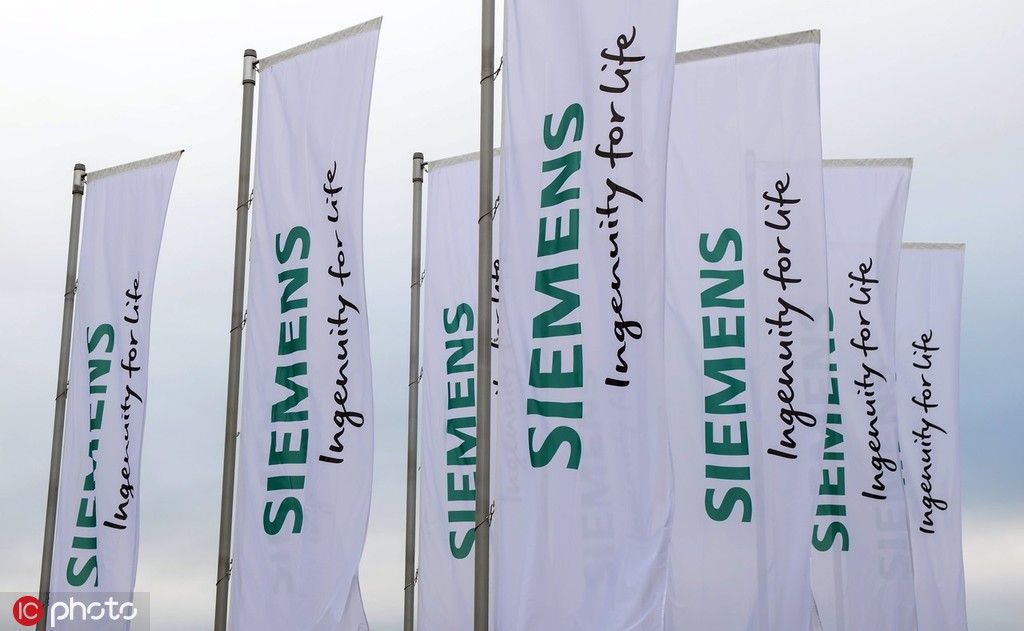Siemens to provide propulsion system for Beijing subway line 19
2019-07-02 13:10:30
Siemens Mobility, the transportation unit of German industrial conglomerate Siemens AG, announced on Monday it will provide the fully automated propulsion system solutions for the first phase project of Beijing's mass transit subway line 19.
It will work with local partner Beijing Zongheng Electro-Mechanical Technology Co Ltd (ZEMT), to provide propulsion systems for 25 fully automated trains on the line.
"Beijing's mass transit line 19 is the first propulsion system project in Beijing won by Siemens Mobility and ZEMT, marking a big breakthrough for us," said Juergen Model, CEO of Siemens Mobility for China, adding the company will offer tailor-made services for Beijing Metro.
Starting from Mudanyuan station in Haidian district in the north and ending at Xingong station in Fengtai district in the south, the phase one project covers a distance of around 22.4 kilometers across 10 stations with a designated speed of 120 km/h.
Its southern section is connected with the new airport railway service in Beijing, which is scheduled for operation at the end of 2020.
The line is expected to employ the highest level of GOA 4(Grade-of-Automation 4) fully automatic operation and ethernet-based train control system to make the propulsion system intelligent to the maximum possible extent. As a north-south fast line with large passenger capacity, it will effectively help relieve the north-south transportation pressure in the city.
Since the first fully automatic operation line was put into operation in 1983, Siemens Mobility has provided such systems for over 13 countries and regions globally. It posted revenue of 8.8 billion euros ($9.97 billion) in its 2018 fiscal year and has around 34,200 employees globally.
Against mounting urban transportation pressure, fully automatic operation has become the new trend in China's mass transit market, with a growing number of cities such as Chengdu and Nanjing planning such lines, which can run a train's startup, stop, door opening and closing, as well as operations under emergency situations without the involvement of any staff member.
To avoid accidents, the unmanned self-driving system considers not only the safety of the running train to prevent tailgating, front and side collisions, derailment, and obstacle collision. It will also watch for the safety of passengers and operators under both normal and abnormal conditions, said Feng Hao, a researcher at the Institute of Comprehensive Transportation at the National Development and Reform Commission.
"It also represents the future direction of rail transit technology development," he said.
In addition to Beijing, Shanghai Metro's lines 14, 15 and 18, which currently are under construction and scheduled to be operational in 2020, are also being built in accordance with the fully automatic operating standards system.
In comparison with manual driving, fully automated train technology makes use of modern communication, automatic control and computer skills, said Feng, stressing such technology can sharply improve the reliability, safety, availability, maintainability of rail transit, and upgrade the operating efficiency and overall automation level in an urban rail transit network.
- Previous:Construction of new railway line in Shanghai commences
- Next:最后一页
